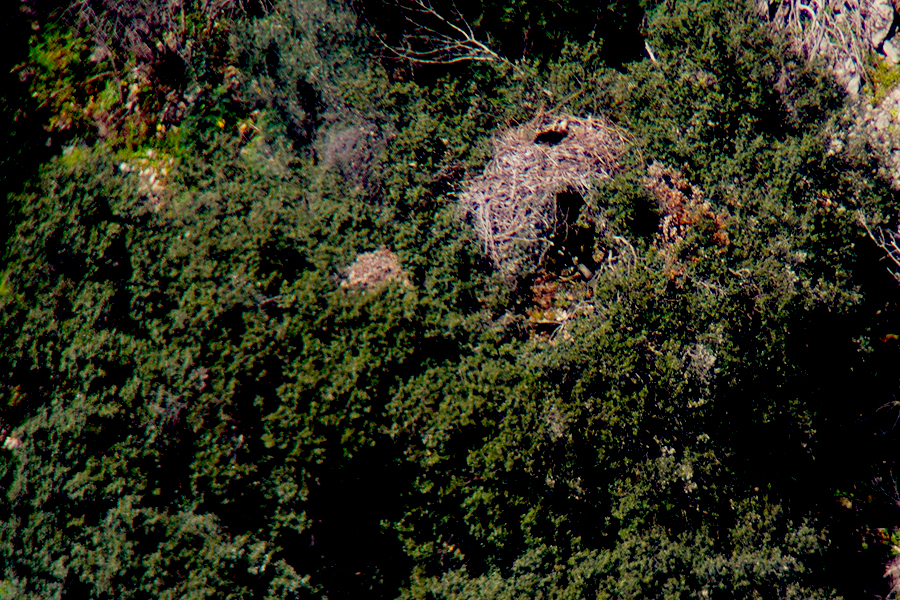A cinereous vulture (Aegypius monachus) has been recorded on video at a feeding station in The Gambia, West Africa, more than 3,000 km south of the closest European resident population in southern Spain.
This sighting, reported on the Maghreb Ornitho website, follows three other sightings of black vultures in West Africa from this winter: the first was of a Spanish-ringed bird observed in Iouik, Mauritania, in December 2017 (a first record for the country); the second and third sightings were of two different cinereous vultures in Senegal in February 2018.
Although it is now known that small numbers of cinereous vultures regularly migrate across the Strait of Gibraltar to over-winter in Morocco, there are only a handful (less than 10) of records of cinereous vultures in West Africa. The video was recorded in February 2018 by members of the Fondo de Amigos del Buitre at the Occipitalis Station which is a site for feeding and monitoring African vulture species.
It is interesting to see how the cinereous vulture and the African vulture species (mainly African white-backed and hooded vultures) interact in the video, and it is clear that the cinereous vulture had no problem securing a meal.
This observation once again illustrates the need to implement conservation actions across international borders, as described in the CMS Multi-species Action Plan to Conserve African-Eurasian Vultures, and also the importance of the Western Flyway for many migratory species, including vultures which the VCF and partners are working hard to conserve throughout their migration routes as well as their breeding ranges.
Map showing the distribution range of the cinereous vulture in relation to the recent sighting in The Gambia, West Africa (Data citation: IUCN 2014. The IUCN Red List of Threatened Species. Version 2014.1. http://www.iucnredlist.org. Downloaded on 04/10/2018).



